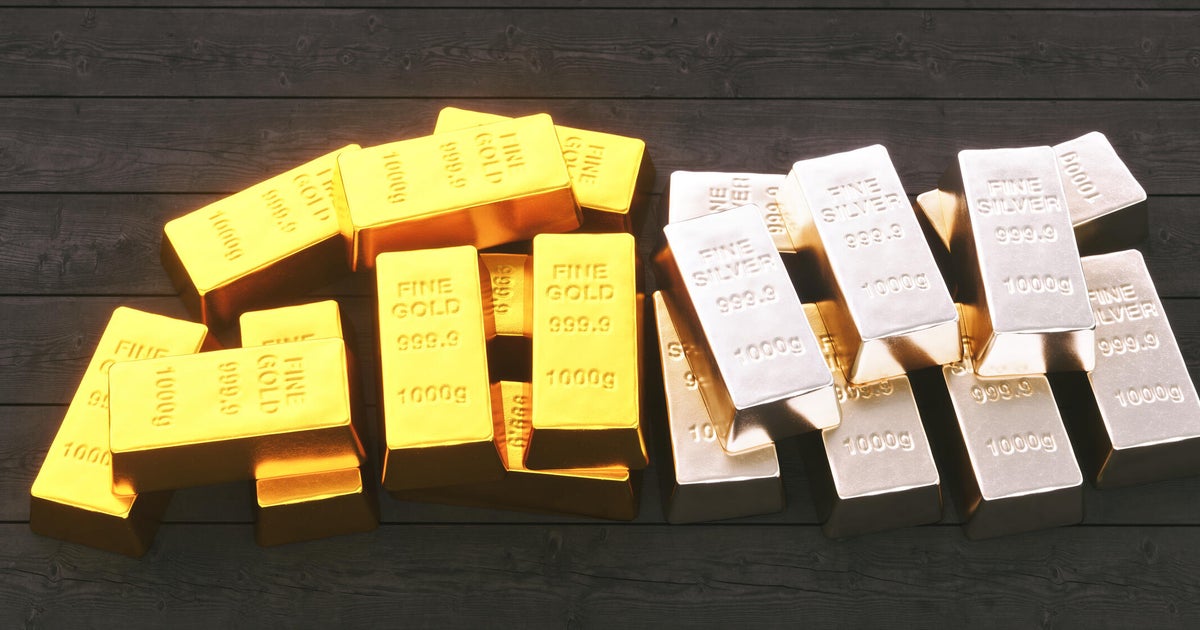How does inflation affect gold prices?
Inflation has been a persistent concern for investors over the last few years. And while the latest inflation numbers suggest it may be cooling at last, it's not likely to reach the Fed's target of 2% any time soon.
As an investor, understanding the relationship between inflation and asset prices can help you better plan your investment strategy. Gold has been a popular choice for investors this year, in part due to inflation. But why is that? And what does it mean for you as you decide whether to add gold to your portfolio? Below, we'll take a closer look at how inflation affects gold prices and what you need to know to make informed investment decisions.
Learn more about gold investing by requesting a free information kit today.
How does inflation affect gold prices?
Here's how inflation, and its effects, impact gold prices.
Inflation and the demand for gold
Gold is often seen as a safe-haven asset during times of economic uncertainty. When inflation rates rise, investors become worried about the loss of value in other assets, such as stocks and bonds. As a result, they may turn to gold as a means of preserving their wealth.
This increased demand for gold can drive up its price. Consider the 1970s to 1980s, when the average federal funds rate skyrocketed from 8.98% to 13.82%, according to the Federal Reserve Bank of St. Louis. During this time, the price of gold rose from $35 per share to a whopping $850 per share, according to NASDAQ data.
Inflation and gold supply
Unlike fiat currencies, which can be printed at will, the supply of gold is limited. Once we've mined all there is to be mined, we can't produce more. So, the greater the demand for gold, the higher its price.
"Inflation often leads to a decreasing value of currencies, which can lead investors to turn to gold as a hedge against the potential loss of value in their portfolios," says Hanna Horvath, CFP. "This fundamental relationship between the value of currencies and the demand for gold means that as inflation increases, so too can the price of gold."
This has certainly been the case this year, as gold prices approached near-record levels in April 2023 and still remain around $2,000.
Get started with gold investing with this free investors kit.
Inflation and interest rates
As inflation decreases consumers' purchasing power, there is less demand for goods and services, which hurts businesses' revenue and can lead to layoffs, closures and falling stock prices. As investors move their money away from volatile assets like stocks and into safer assets such as gold, gold prices rise.
For instance, in the inflationary period between October 2007 and March 2009, the S&P 500 index dropped by around 57%, according to GoldSilver. Gold, on the other hand, rose by 25.5%.
Inflation expectations
In some cases, the mere expectation of inflation can be enough to drive up gold prices. If investors believe inflation will increase in the near future, they may buy gold in anticipation. This can create a self-fulfilling prophecy, as rising demand drives up the price of gold even if inflation doesn't materialize.
The bottom line
Inflation can have a major impact on gold prices. The demand for gold tends to increase during times of high inflation as investors seek out safe-haven assets. Similarly, weakened purchasing power due to interest rate hikes can drive up the demand for gold as a means of preserving wealth.
That said, interest rates are only one factor that impacts gold prices. Global economic conditions and geopolitical tensions are among the other elements that can affect the price of gold. By monitoring all of these elements, you can make a more informed decision about your investments at any point in time.
It's also worth noting that gold can be a smart investment in any economy due to its historically stable long-term value. By purchasing gold and holding onto it for years, you can enjoy steady returns while minimizing risk in your portfolio, despite the inevitable market fluctuations.






